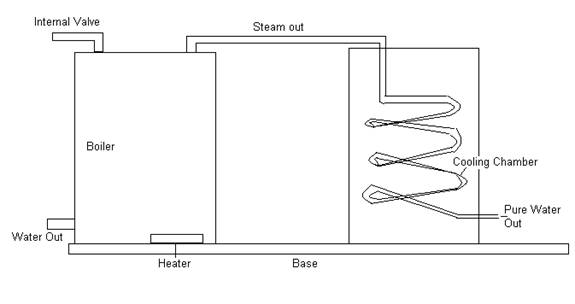Smoke Alarm
In this project a smoke detection alarm system is discused. The optical sensor consists of an IR diode and a photodiode with a small gap in between. During normal condition the photodiode is receiving the IR signal from the IR diode. The photo interrupter module is used as the smoke detector, while timer 555 is wired in astable configuration as an AF oscillator for sounding alarm via a loudspeaker.
Circuit:
About the Circuit:
This project uses a 555 timer IC with an optical sensor to create a smoke detection alarm system. The optical sensor consists of an IR diode and a photodiode with a small gap in between. During normal condition the photodiode is receiving the IR signal from the IR diode. The presence of smoke interrupts the signal to the photodiode which in turn activates the 555 timer IC to generate alarm. The timer IC is configured as an astable multivibrator with a frequency in the audible range.
In the absence of any smoke, the gap of photo interrupter module is clear and the light from LED falls on the phototransistor through the slot. As a result, the collector of phototransistor is pulled towards ground. This causes reset pin 4 of IC 555 to go low. Accordingly, the timer is reset and hence the alarm does not sound.










